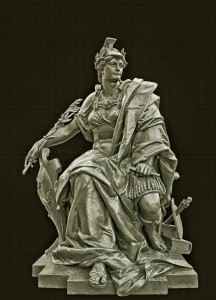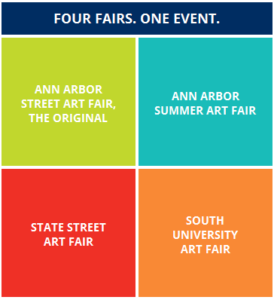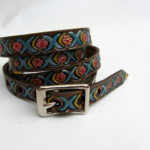One way of investing money is by purchasing timeless art pieces. People enjoy the sense of competition offered via the purchase of expensive art pieces. According to one New York dealer, Andrew Kreps, in an article in ‘The Economist‘, “Some collectors always want what other collectors want. ‘Thou shalt not covet thy neighbour’s wife’ is the commandment that most confuses collectors.” But now economists are asking, is today’s economic climate changing that? Maybe not. While indeed low interest rates and an international decline has negatively impacting bonds and equities recently, the art sector does not seem to have been as adversely affected.
 Last year, James Tarmy reported in Bloomsberg Businessweek that “sales of these works [art] have ballooned from $260 million in 1995 to $7.8 billion last year.” Although Chris Robbins in Private Wealth did more recently find that “since 2000 the global art market has grown at a 13% average annual rate [now] it is showing signs of cooling,” as noted in the Citi Private Bank’s ‘State of the Art Market’ report.
Last year, James Tarmy reported in Bloomsberg Businessweek that “sales of these works [art] have ballooned from $260 million in 1995 to $7.8 billion last year.” Although Chris Robbins in Private Wealth did more recently find that “since 2000 the global art market has grown at a 13% average annual rate [now] it is showing signs of cooling,” as noted in the Citi Private Bank’s ‘State of the Art Market’ report.
But rather than this factor discouraging potential art buyers from using their money to make an investment in the industry, Citi Private Bank art advisor Betsy Bickar suggests the opposite. She says it should be seen as “a positive factor.” She goes on to explain that “it means people are thinking about what they’re buying. The market is showing more selectivity because there’s so much opportunity to buy artworks now.”
Interestingly, the art market in China is one place that sees a lot of potential. Alexander Forbes spoke about art and investments in a recent article entitled, ‘Art Basel in Hong Kong Shows the Art Market What It Can Learn from the Chinese Economy.’ It was found that even though China is going through a financial dip, there has been an estimation from McKinsey & Company that there will be an increase of 10% per year from now until 2020 in spending because of escalating incomes.
In addition, while art sales are down, the sale of large auction house pieces has remained steadier. As Bickar noted, “private sales of artwork at the masterpiece level are happening. There was recently a $500 million-level private sale for two artworks.” In addition, although big-name auctions are not as successful as they have been in the past, “art is still in demand as a financial instrument. Art lending, which uses pricey works of art as collateral, appears to be rising in popularity [with] most of the big banks lending with art as collateral. Art is being turned into a financial instrument, not just an aesthetic one, but that leads to some issues because the value of art is subjective.”







